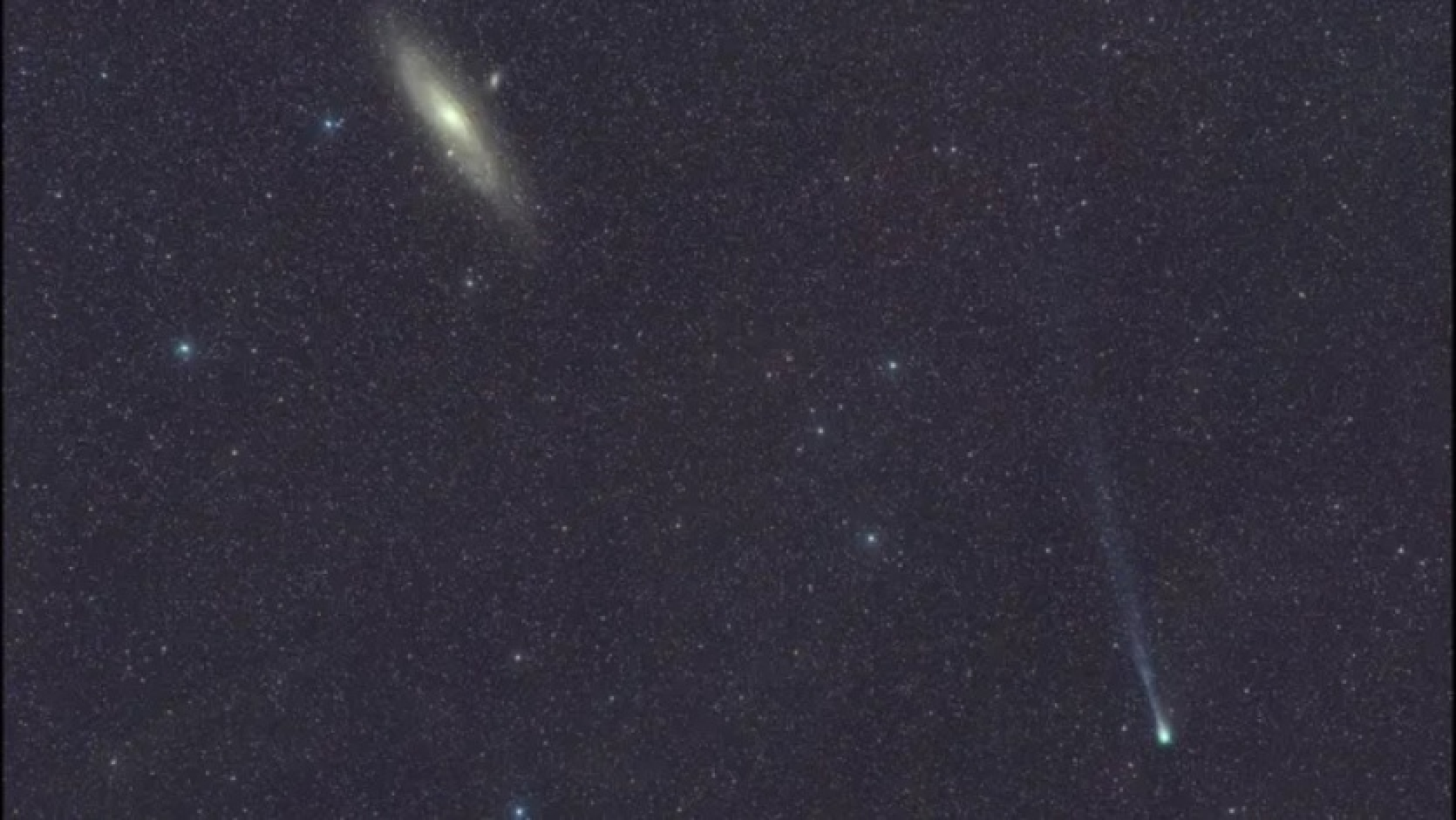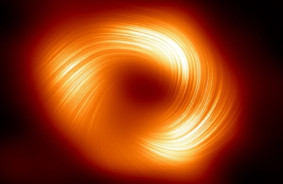You will need good weather, binoculars or a telescope - and a bit of luck.
Astronomer Jean-Louis Pons first discovered the comet on July 12, 1812, describing it early on as a "shapeless object with no visible tail." Over the next month, the comet became so bright that it could be seen in the night sky with the naked eye - along with its split tail. Further calculations showed that the comet takes about 65-75 years to orbit the Sun.
On September 2, 1883, American comet observer of British descent William R. Brooks spotted the comet again and it now carries the names of both researchers - Comet Pons-Brooks (12P/Pons-Brooks).
By the end of March, the brightness of the comet may reach around 5th magnitude, making it possibly visible to the naked eye (but it is better to use binoculars or a telescope if possible). Those in the northern hemisphere may see the comet until April 21, when it will come closest to the Sun. Afterwards, the object will drop below the horizon and become visible to residents of the southern hemisphere, according to the Starwalk program website. It is best to observe the comet in clear weather from rural areas - away from city lights.
As noted by Space.com, last July, due to an unexpected flare-up, the comet became about 100 times brighter, and the cloud of dust and gas surrounding its core (coma) expanded and began to resemble a horseshoe in shape - because of this, the comet was often called the "horned comet" or "the devil's comet." The reasons for such brightness flares are not fully known, but some astronomers speculate that Comet Pons-Brooks is a rare member of the group of comets with volcanic activity on the surface.














Comments (0)
There are no comments for now